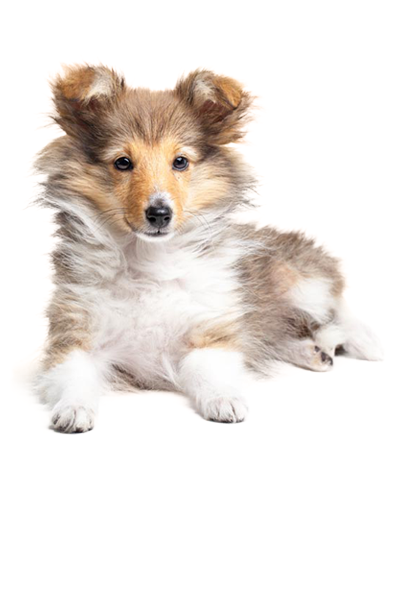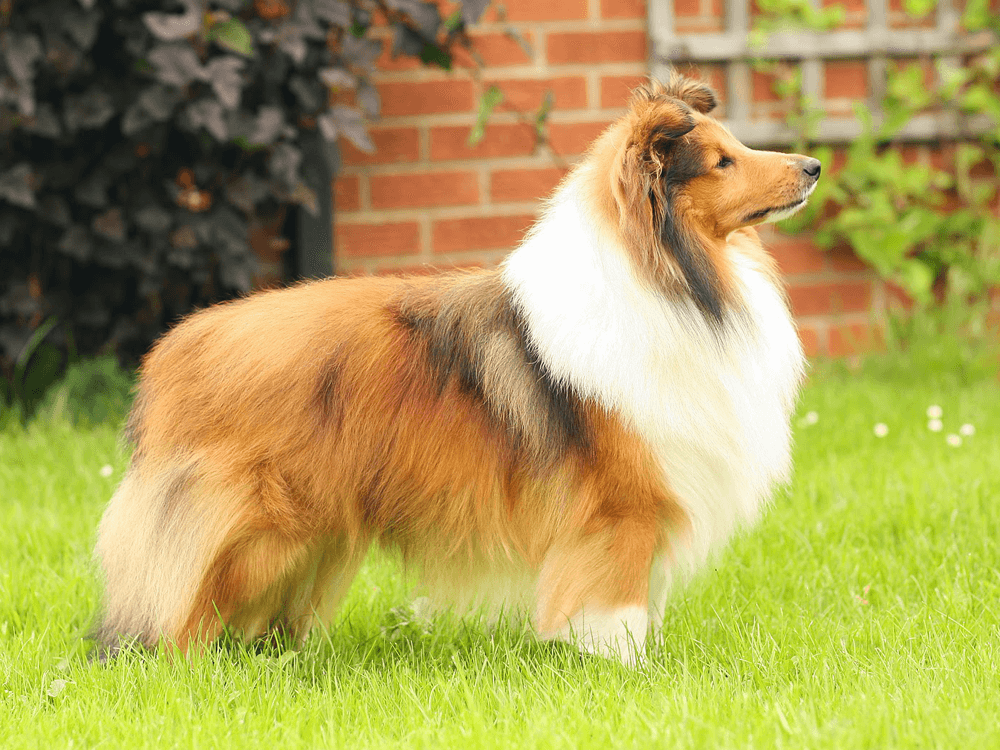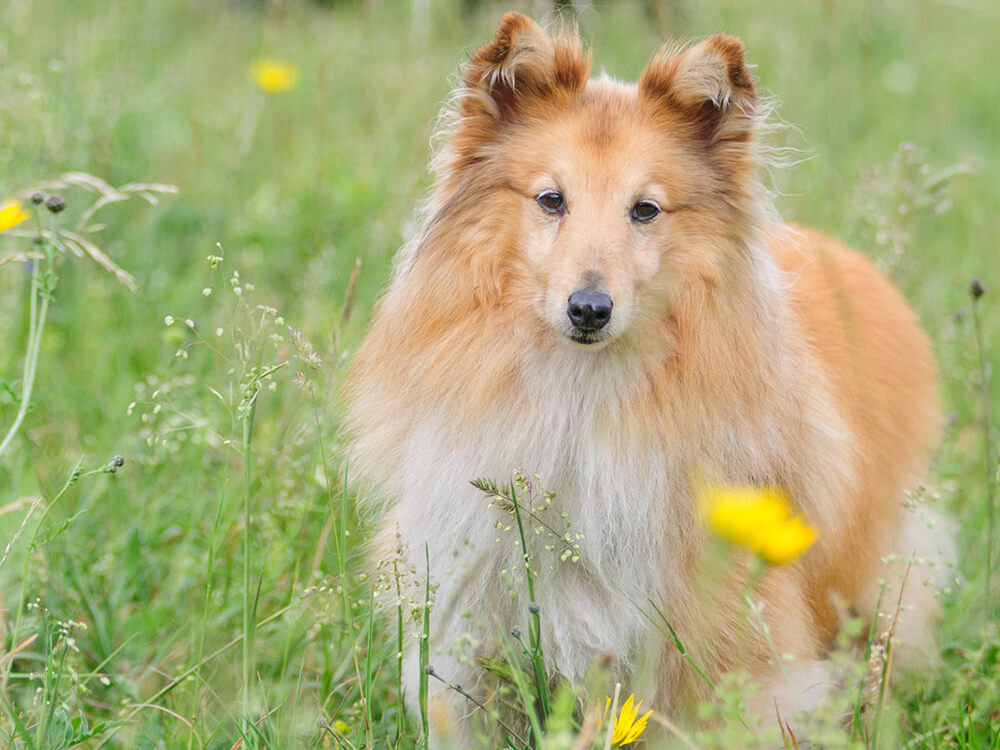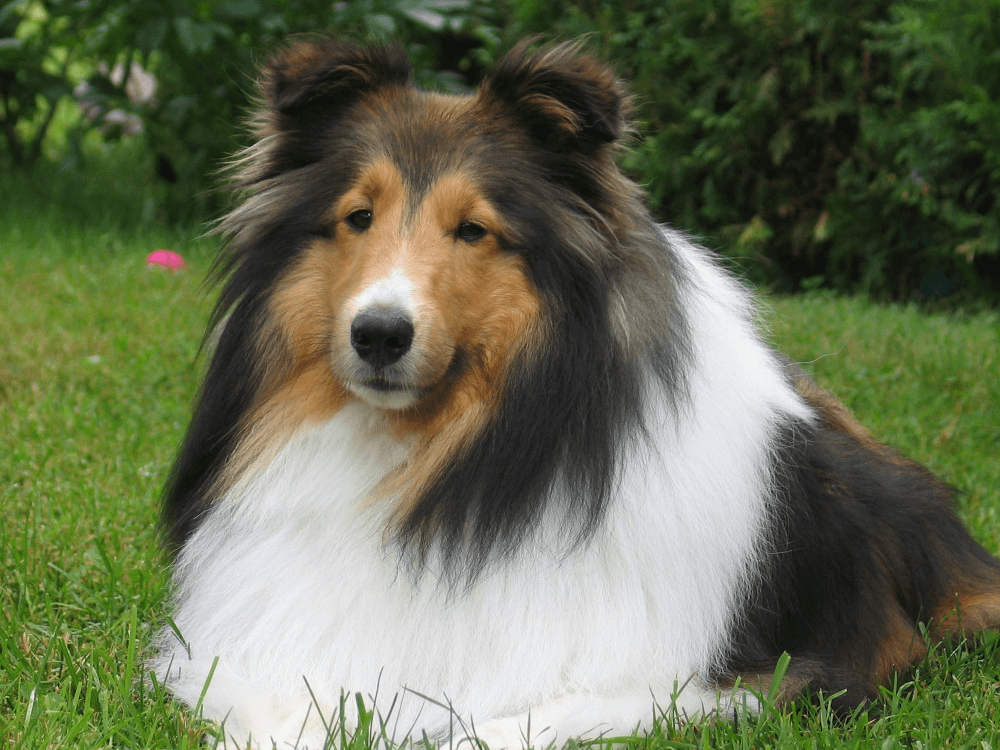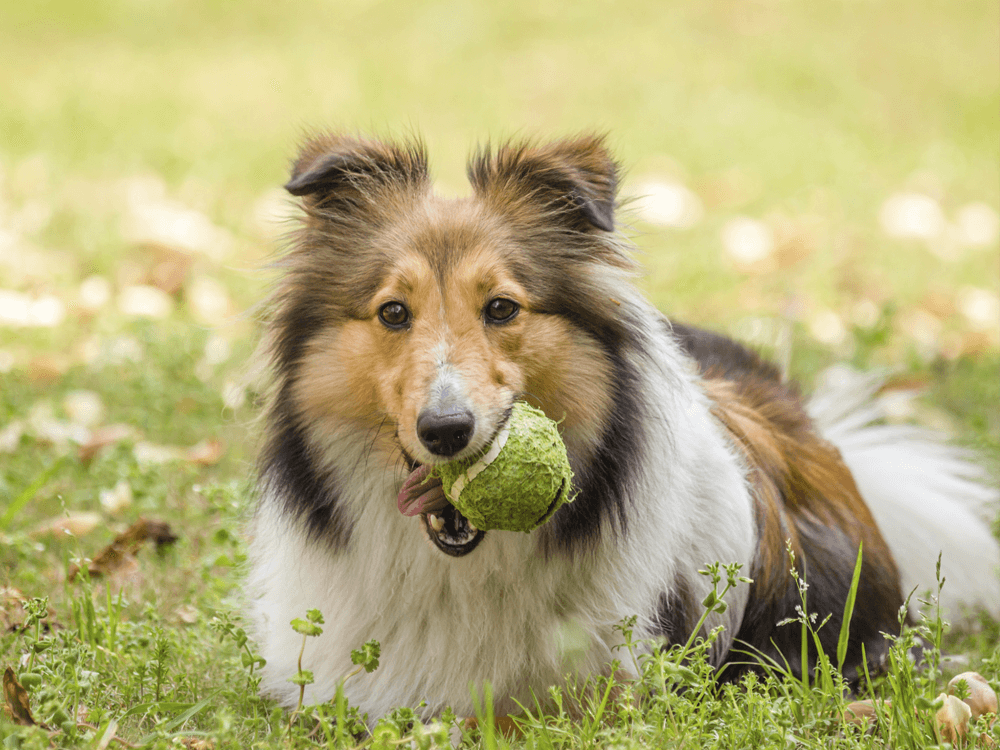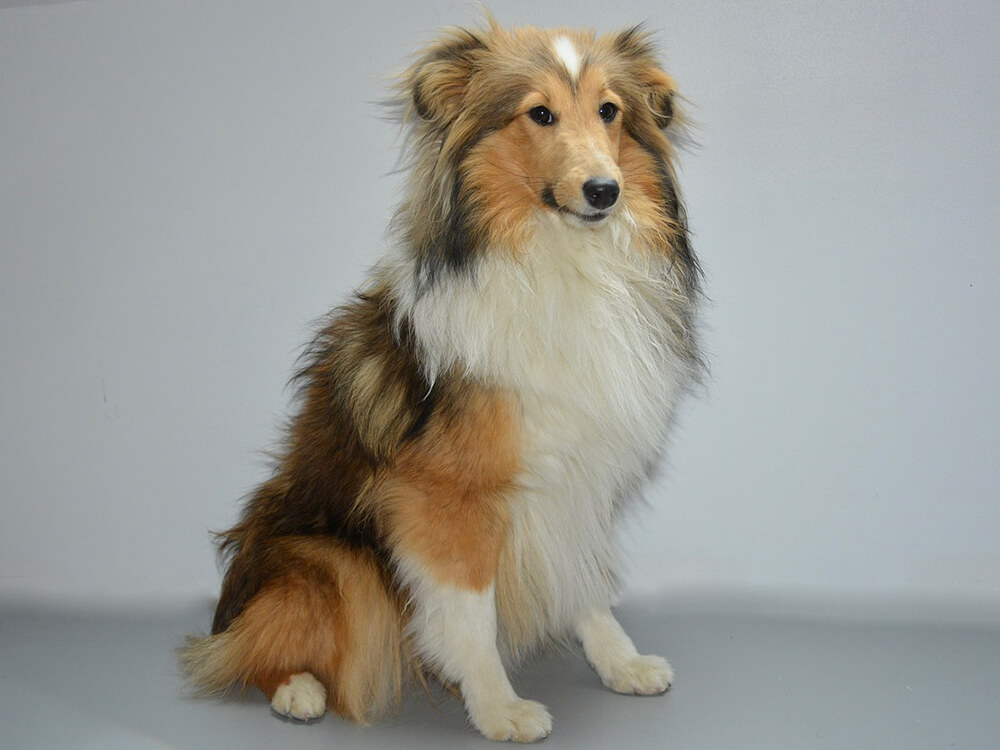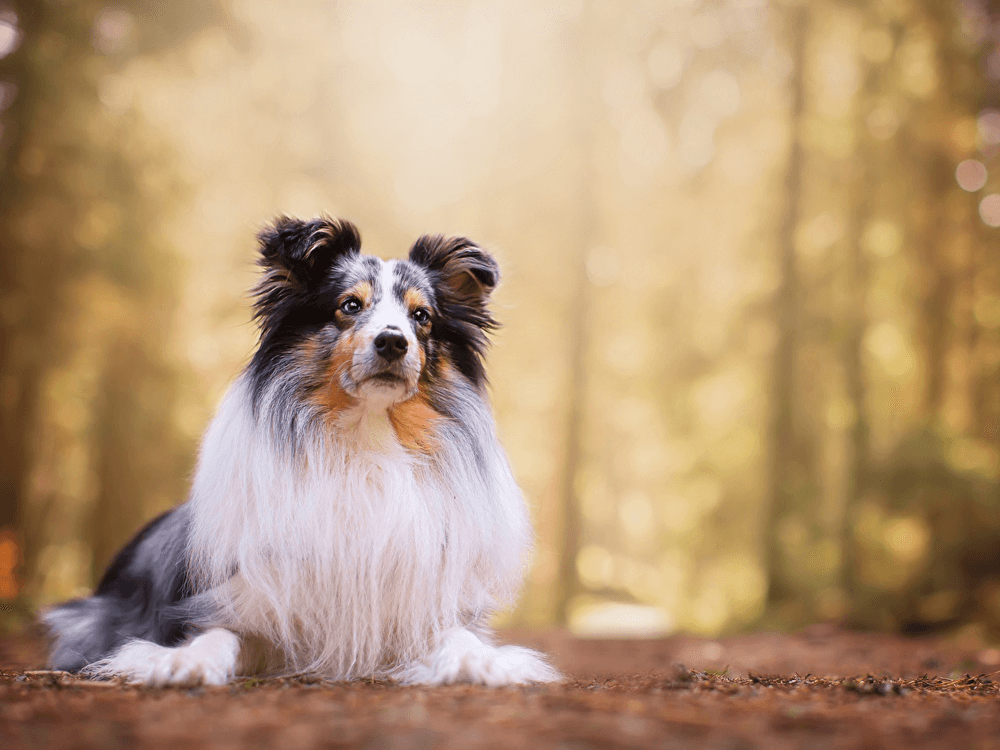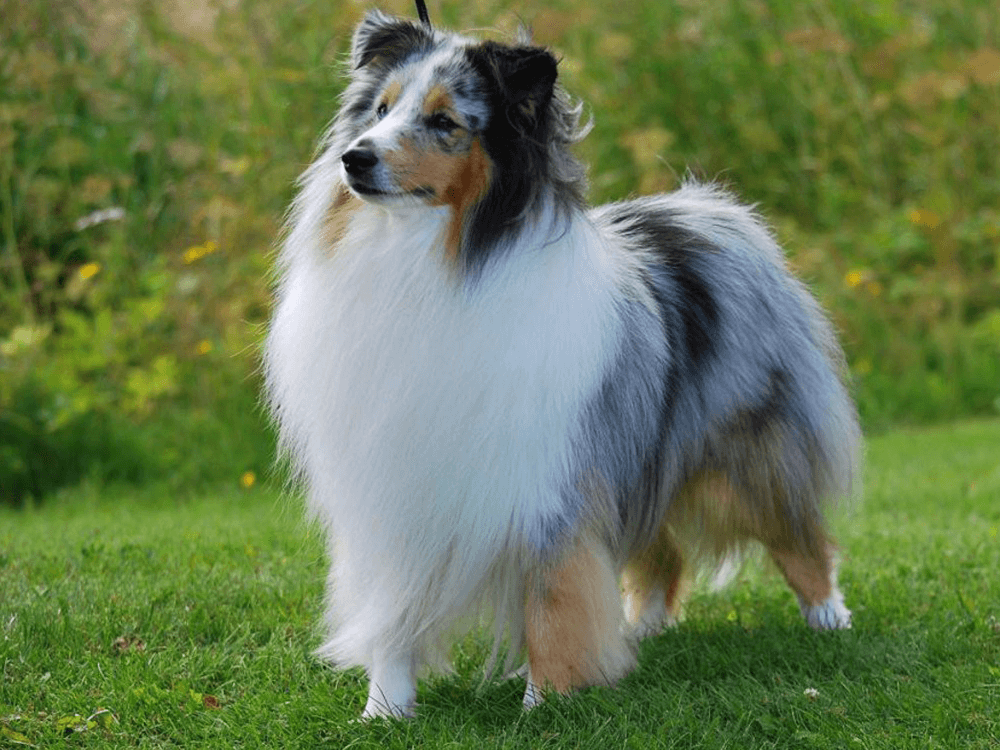
Shetland Sheepdog Breed Pictures
Vital Breed Stats
| Height: | 33 - 41 cm M | 33 - 41 cm F |
| Weight: | 6 - 12 kg M | 6 - 12 kg F |
| Breed Group: | Hound Dog Group |
| Life Expectancy: | 11 - 14 years |
| KC Registered: | No |
Breed Characteristics
| Size: |  |
| Grooming: |  |
| Exercise Level: |  |
| Trainability: |  |
| Barking Level: |  |
| Good with Children: |  |
| Good with other pets: |  |
| Affectionate: |  |
| Protective: |  |
| Cost to Keep: |  |
Give a thumbs up if you love the Shetland Sheepdog

0
More About the Breed
History
The Shetland Sheepdog originated from the rocky Shetland Islands located between Scotland and Norway. Records show that similar-looking dogs existed since the 1840s. Because the animals that needed to be herded were smaller in size and number compared to those on the mainland, farmers wanted a smaller version of the Rough Collie, thus the creation of the Shetland Sheepdog. It is believed that different collie-type dogs were crossed with smaller local dogs to create the breed, which was originally called the Toonie, a Norwegian word for farm.
Farmers decided to make the Sheltie an even smaller and fluffier breed so it can be sold to tourists. It was said to have been crossed with the dogs left by tourists like the Pomeranian and the Prince Charles Spaniel. Because of too much crossbreeding, the original appearance of the Shetland Terrier started disappearing by the end of the 19th century. Some breeders crossed the dogs again with Collies to regain its original looks, some just wanted to keep the appearance of the existing Shelties, while others continued crossing with other smaller breeds. As a result, there were three different types and breeders and enthusiasts were divided, establishing various clubs based on the appearance they supported.
In 1908, the Shetland Collie Club was created with the goal to keep the breed to its true type. In 1914, The Kennel Club recognised the breed in its own right but named it the Shetland Sheepdog instead of the Shetland Collie, which was commonly used by different clubs. Today, the breed remains a popular choice among families because of its cute appearance and affectionate personality.
Appearance
The Shetland Sheepdog is often described as a miniature Rough Collie in terms of appearance. Standing 33 to 44 centimetres at the withers and weighing 14 to 27 pounds, this beautiful dog is small yet agile and graceful. It has a refined, elegant flat head that tapers appropriately to the nose, a slight but definite stop, flat cheeks, a well-rounded muzzle, and sound teeth with a perfect scissor bite. The rim in its nose, lips and eyes are black. Its medium eyes are oval-shaped, obliquely set and usually dark brown in colour (except for merle where one or two eyes are blue). Its ears are small and set moderately wide apart, which are carried back when at rest and forward when alert or excited.
The Sheltie boasts of a thick, dense coat comprised of a straight outer coat and a softer, short undercoat. The hair around its neck is longer and thicker, which forms a mane. It also has feathering in its forelegs and its back legs have an abundant hair above the hocks. The accepted KC colours are sable, tri-colour, black & white, and blue merle, which can have white and/or tan markings.
Grooming
Temperament
The Shetland Sheepdog is a spirited, cheerful, loyal and gentle dog. It builds a strong bond with its family and as an active dog that likes to be kept busy, it loves enjoys being part what’s going on in the household. As such, it tends to develop separation anxiety so it cannot be left alone even for a short time. It should be in a household where one person always stays at home.
Shelties are often suspicious of strangers but would prefer to keep its distance than be aggressive. When it comes to children, the breed usually feels uneasy with smaller ones and could get snappy. It is better off to families with older children that know how to handle dogs. That being said, parents should always supervise interactions regardless of the children’s age and teach them to treat pets with love and respect. It usually gets on well with other pets including cats but it will be inclined to chase those it does not know.
Intelligence
Nutrition
- Senior and less active: up to 590 calories daily
- Typical adults: up to 660 calories daily
- Physically active/working dogs: up to 730 calories daily
Feeding
Health
Exercise
Cost of Ownership
- A well-bred pedigree Sheltie costs around £700 or £900 and more.
- High-quality food will cost you £20 to £30 a month.
- Pet insurance for this breed starts at around £20 a month but since the price varies depending on a lot of factors, do your research to get the best deals.
- Veterinary costs are usually overlooked but check-ups and preventive care are very important so prepare to spend around £800 a year.
- Basic equipment will initially cost you around £200.
Shetland Sheepdog Breed Highlights
- The Shetland Sheepdog is a beautiful small dog resembling the Rough Collie.
- It is an active, alert and gentle dog suitable for first-time owners.
- The breed may thrive in a family setting but it is not for families with very young children.
- The Sheltie is an intelligent breed and a quick learner.
- It is high maintenance in the grooming department.
